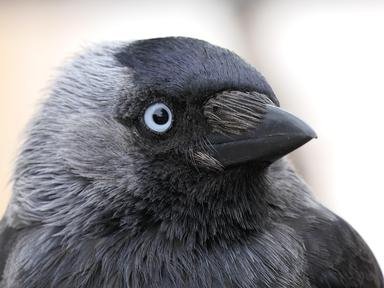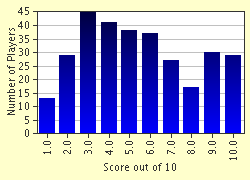Quiz Answer Key and Fun Facts
1. These are all in the crow family, but plumage-wise which is the odd one out?
2. In terms of main dietary intake, which is the odd one out?
3. Three of these birds make their nests in tunnels; which one doesn't?
4. In terms of being summer-visitors, which is the odd one out?
5. Winter visitors now; which one doesn't belong here?
6. In terms of UK distribution, which is the odd one out?
7. Three of these birds are finches, which one belongs to a different family?
8. If you fed the birds in a city garden, which one of these species would you NOT expect to see?
9. Three waders are present in this group; which one doesn't belong?
10. In terms of being introduced birds, which one of these is the indigenous species?
Source: Author
Mutchisman
This quiz was reviewed by FunTrivia editor
crisw before going online.
Any errors found in FunTrivia content are routinely corrected through our feedback system.

